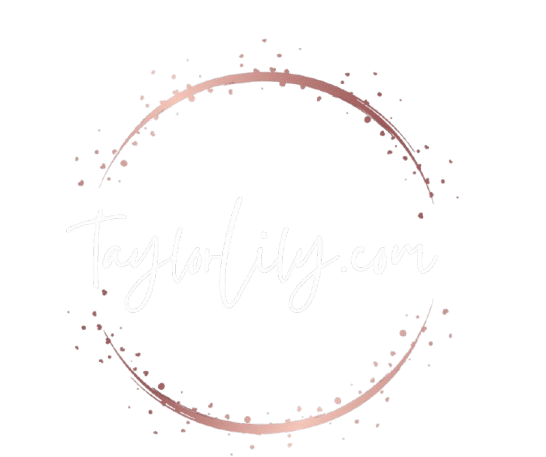Operational Data FabricHey there, fellow tech enthusiasts! It’s your girl Taylor here, and I’m excited to dive into the world of operational data fabric. As a programmer and blogger, I’m always on the lookout for innovative solutions to complex problems, and operational data fabric is one of the most fascinating topics I’ve come across recently.So, what is operational data fabric Well, let me try to break it down for you. Operational data fabric refers to a centralized platform that integrates and harmonizes data from various sources, providing a single, unified view of an organization’s operations. Think of it like a master control room, where all the different systems and processes are connected and working together seamlessly.But why would someone ask about operational data fabric in the first place Well, it’s because they’re likely looking for a way to streamline their organization’s operations, reduce costs, and improve efficiency. Maybe they’re tired of dealing with siloed data, where different departments have their own separate systems and processes, making it difficult to get a clear picture of what’s going on. Or maybe they’re looking for a way to make better-informed decisions, by having access to real-time data and insights.So, what are some of the benefits of operational data fabric Here are a few examples Unified view of operations With operational data fabric, you can get a single, unified view of your organization’s operations, including data from different sources, systems, and departments. Improved decision-making By having access to real-time data and insights, you can make better-informed decisions, and respond quickly to changes in the market or industry. Increased efficiency Operational data fabric can help reduce costs and improve efficiency by automating manual processes, and eliminating data silos. Enhanced collaboration With a centralized platform, different departments and teams can collaborate more effectively, and share information and insights more easily.Let me give you an example of how operational data fabric can be used in real-life. Imagine you’re a production manager at a manufacturing plant, and you’re responsible for ensuring that products are produced efficiently and on time. With operational data fabric, you can get a real-time view of production levels, inventory levels, and supply chain data, all in one place. This allows you to identify bottlenecks and inefficiencies, and make adjustments on the fly to optimize production.So, how can you get started with operational data fabric Well, the first step is to identify your organization’s specific needs and goals. What are you trying to achieve What are your biggest challenges Once you have a clear understanding of what you’re trying to accomplish, you can start exploring different solutions and platforms that can help you achieve your goals.And that’s it for today’s post on operational data fabric! I hope you found it helpful, and informative. If you did, I’d really appreciate it if you could do me a solid and support our blog by buying me a coffee via the link below. Your gift can be the catalyst for change, empowering me to create more valuable content for you.

Tech
how to search for archived emails in outlook – TaylorLilly.com
Learn how to search for archived emails in Outlook with ease, and never miss a crucial message again Discover the simple steps to find and retrieve archived emails in this stepbystep guide







